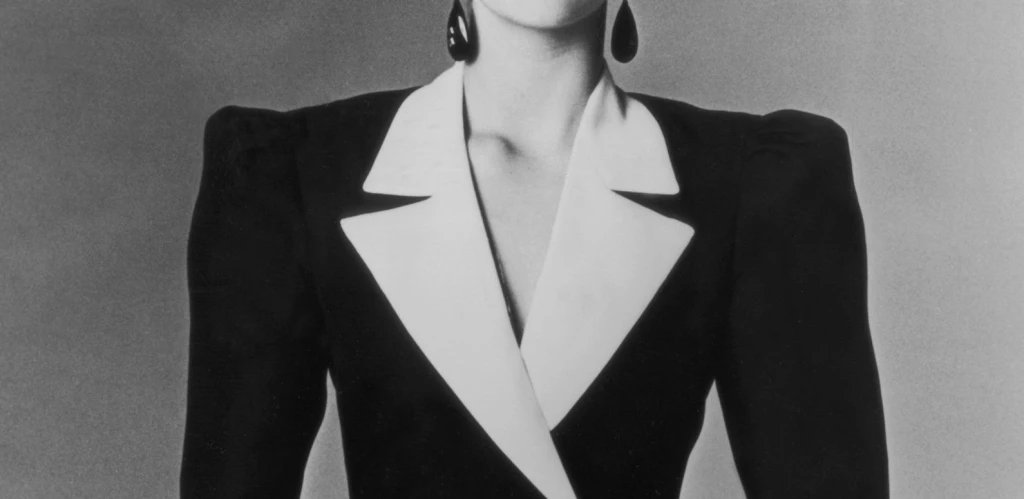CHANDIGARH, July 19 — There is more truth than cliché in the saying “dress for success.” In Chandigarh’s evolving urban landscape, where professional ambition meets personal expression, the power of dressing is no longer just a matter of style — it’s deeply connected to self-perception, confidence and even how others respond to us.
In interviews with professionals, stylists, and psychologists across the city, it becomes clear that the clothes we wear influence not just how others see us, but how we see ourselves.
“On days when I wear a well-fitted blazer or even just coordinate my outfit properly, I walk differently. I feel like I command more respect in the room,” said Rashi Mehta, a 28-year-old lawyer based in Sector 17. “It’s not vanity — it’s presence. People look at you differently, but more importantly, you look at yourself differently.”
Psychologists agree. “There is a concept called ‘enclothed cognition’,” explained Dr. Tarun Grover, a clinical psychologist practicing in Chandigarh’s Sector 8. “It refers to the influence that clothes have on the wearer’s psychological processes. Studies show that when people wear a white coat described as a doctor’s coat, they perform better on attention-related tasks than those who believe it is just a painter’s coat. That’s the power of clothing — it activates associated mental frameworks.”
A landmark 2012 study published in the Journal of Experimental Social Psychology by researchers Hajo Adam and Adam Galinsky coined the term ‘enclothed cognition’. They found that clothing doesn’t just affect how others perceive us — it actually alters our performance and behavior. The researchers concluded that the symbolic meaning of clothes and the physical experience of wearing them work together to affect psychological processes.
In Chandigarh’s business parks, this dynamic plays out in real time. At IT companies in Rajiv Gandhi Technology Park, many young professionals note the change in energy between days they wear formals versus when they dress down. “It’s like flipping a switch,” said Akshay Ahuja, a team lead at an analytics firm. “When we do presentations or client meetings, we always dress sharper. You speak more confidently, and people listen more seriously. I’ve seen it happen time and again.”
But it’s not just the corporate world. In classrooms, on the streets, at social gatherings — what one wears can either reinforce or challenge internal narratives. In a society where appearance still heavily informs first impressions, clothes can act as both shield and amplifier.
“Dressing up gives me a sense of control,” said Jaskirat Kaur, a postgraduate student at Panjab University. “Even when things feel chaotic — during exams or bad days — if I make the effort to dress up, it’s like reminding myself I’m still in charge of how I show up. People notice that energy.”
Stylists and image consultants in Chandigarh say that this shift toward intentional dressing is becoming more common, especially among young adults and professionals in their thirties. “It’s not about brands or luxury anymore,” said Bhavika Arora, a personal stylist and founder of The Confidence Edit, a boutique styling agency. “It’s about alignment. When how you look matches how you want to feel — powerful, peaceful, ambitious, approachable — it creates a whole different energy. Your clothes speak before you do.”
In Indian society, where traditional attire intersects with contemporary fashion, this dialogue between self-image and clothing is even richer. For many, clothing is also a cultural anchor, and blending tradition with modern silhouettes can become a statement of rootedness and confidence.
“There is something beautiful about wearing a cotton kurta or a saree and still walking into a boardroom with authority,” said Arora. “That’s the message: you don’t need to dress like someone else. You just need to dress like the strongest version of yourself.”
Social interactions, too, are shaped by how people perceive one another — often within seconds. A well-known 2006 Princeton study found that it takes just a tenth of a second for someone to form an impression of a stranger based on appearance alone. These snap judgments often include assumptions about trustworthiness, competence, and social status — factors that can deeply affect how conversations unfold.
“There’s a difference in how people treat you based on your clothes,” said Gagandeep Singh, a sales executive in a Chandigarh-based real estate firm. “You can’t deny it. If I meet a client in casuals, they might think I’m not serious. But when I’m suited up, there’s automatically more respect in the room. It’s a silent conversation.”
However, experts warn against reducing dressing to just performance or projection. “It’s not about dressing to please others,” said Dr. Grover. “It’s about embodiment — aligning your external appearance with your internal sense of self. That’s where confidence becomes sustainable, not superficial.”
As Chandigarh straddles the line between a traditional Punjabi heartland and a fast-modernizing city, how people dress is becoming an evolving language — of ambition, identity, and resilience. Whether it’s a sharply tailored pantsuit, a hand-embroidered phulkari dupatta, or a crisp Nehru jacket, the impact goes far beyond fabric.
As Rashi Mehta puts it: “When I choose what to wear each morning, I’m choosing how to enter the world — quietly or boldly. Some days, confidence starts with a lipstick. Some days, it starts with a blazer. But it always starts with me.”

